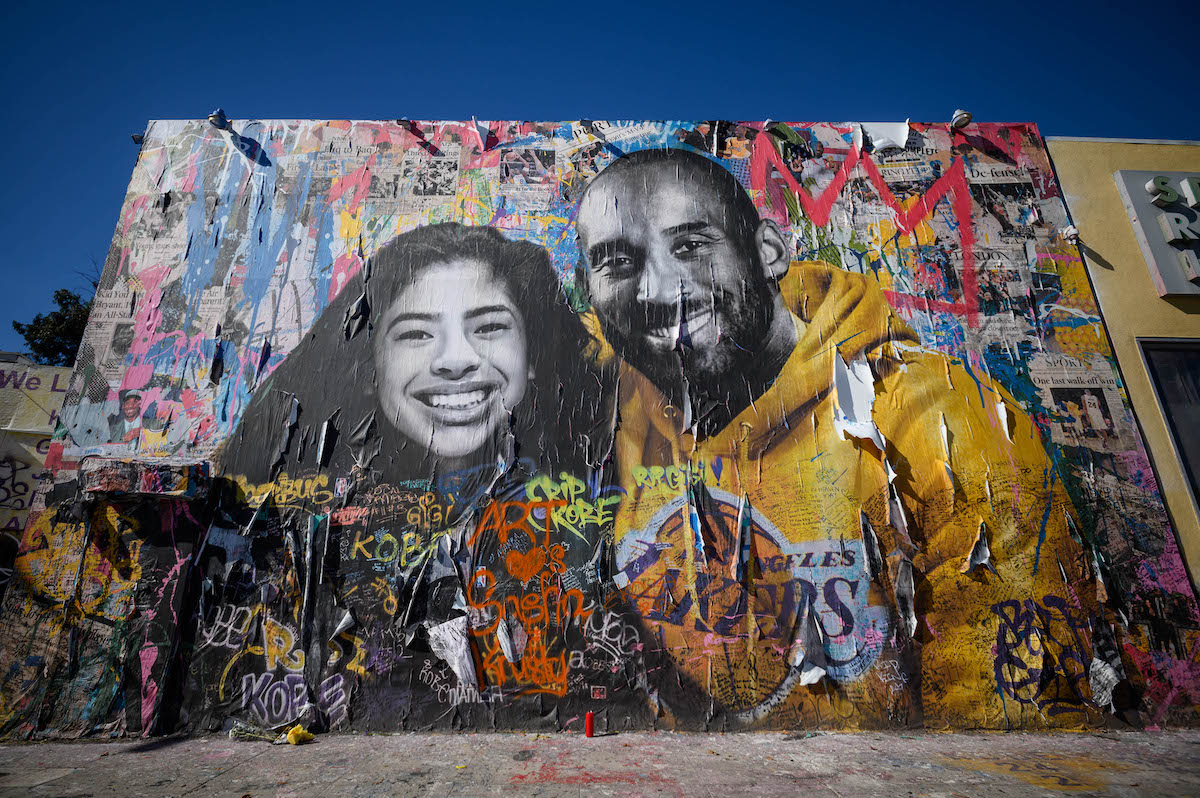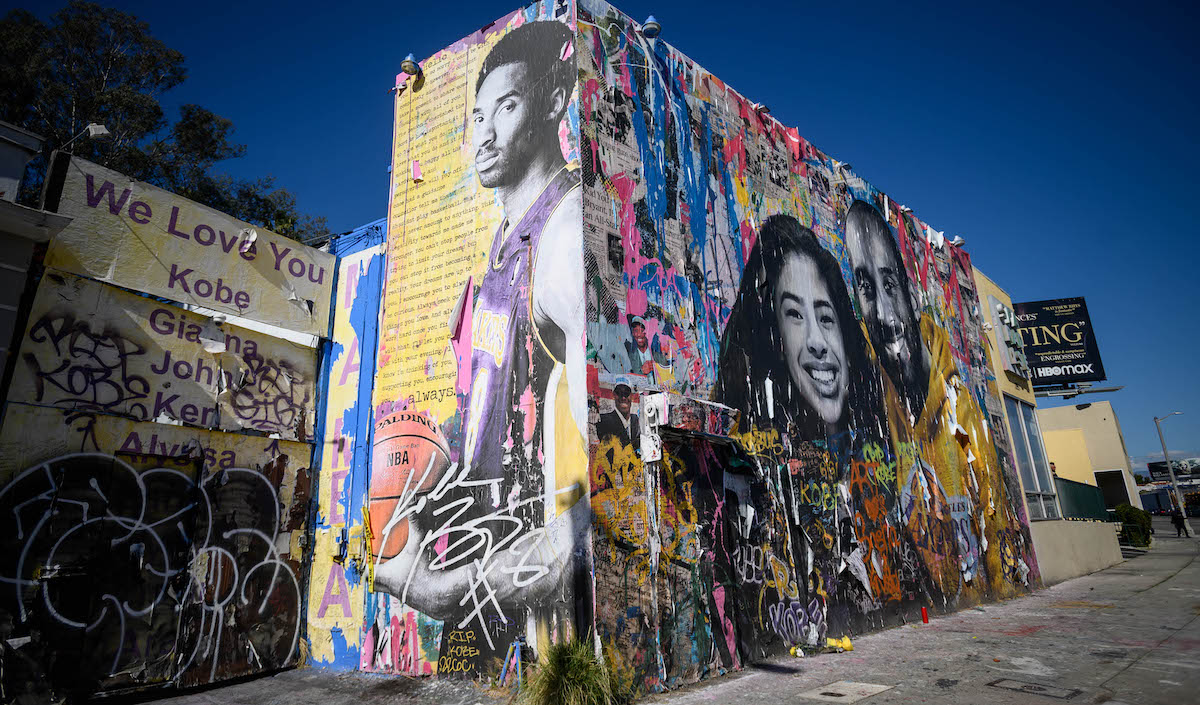What to Know
- The board found that pilot error was the most significant reason for the crash.
- The published the findings in an 86-page report that details everything its investigators found in the probe of the crash.
- The board has also renewed its calls for certain safety upgrades that could have led to a different outcome.
The NTSB has finalized the results of its investigation into the helicopter crash that took the lives of Kobe Bryant, Bryant's daughter, and seven others.
The board found earlier this month that pilot error was the most significant reason for the crash.
The safety board has now published those findings in an 86-page report that details everything its investigators found in the year-long examination of the crash.
Get top local stories in Philly delivered to you every morning. >Sign up for NBC Philadelphia's News Headlines newsletter.
The board has also renewed its calls for certain safety upgrades that could have led to a different outcome.
The report puts in writing what the NTSB announced at its meeting earlier this month: that helicopter pilot Ara Zobayan became disoriented after flying into low clouds over the 101 Freeway in Calabasas, and mistakenly flew the Sikorsky S-76 into a hillside while trying to climb above the clouds.
The board says:
- The pilot made a "poor decision" to fly at "excessive airspeed" -- about 160 miles per hour -- into an area of poor visibility.
- The pilot lost the ability to control the helicopter after losing visual contact with the ground.
- And the pilot may have had what the NTSB called -- "self induced pressure" -- to complete the flight, despite the bad visibility, because he wanted to satisfy his client, Kobe Bryant.
The NTSB ruled out lots of other factors.
It said the helicopter was mechanically sound and its engines and controls were working normally when it crashed.
Air traffic controllers made one radio communication error, but the NTSB said it did not contribute to the crash.
And the charter company did not put undue pressure on the pilot to fly in less-than-ideal conditions.
One Year Later: How the World Paid Tribute to Kobe Bryant
The NTSB did say that the charter company could improve its safety culture, and use better risk management tools to make decisions about whether or not to fly, even though the board says it probably would not have stopped Bryant's flight from taking off that day.
The board said pilots still need better training on how to get out of disorienting conditions when there's a sudden loss of visibility.
It's a scenario that's very difficult to simulate, but the board says that type of practical instruction could help other pilots get out of the type of conditions that led to the crash here.




